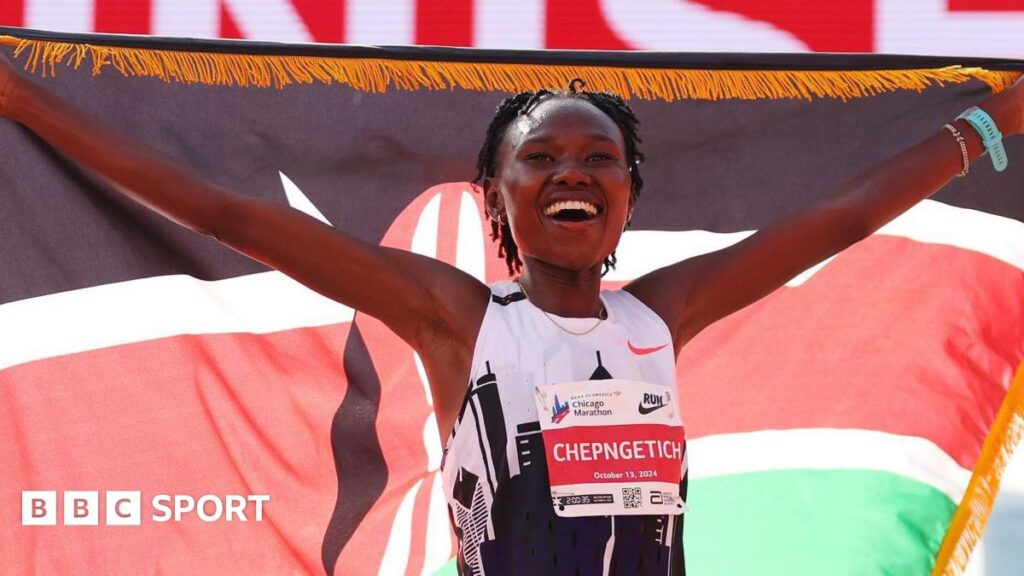When interviewed by the AIU in April, Chepngetich, the first woman to run a marathon under 2:10, could not give an explanation for the positive result.
While HCTZ has a minimum reported level of 20 nanograms per milliliter (ng/ml) in urine, Chepngetich’s sample showed an estimated concentration of 3,800 ng/ml.
Traces of HCTZ below the minimum reporting level were also identified in a sample collected in Chepngetich two weeks earlier, on 28 February.
In a subsequent interview on July 11, Chepngetich was presented with the aforementioned suspicious evidence obtained from his phone. Meanwhile, the AIU had also discovered the contamination.
Chepngetich changed his explanation on July 31, claiming that he had taken his maid’s medication – marked HCTZ – after falling ill two days before the positive test.
The AIU had “serious reservations about the credibility of the new version of events” and, in the context of the sport’s anti-doping rules, such “recklessness” is considered “indirect intent, for which an increased sanction of four years is applied.”
An automatic one-year reduction was applied after Chepngetich admitted to anti-doping rule violations within the required 20 days.
The three-year suspension began on April 19, when Chepngetich accepted a voluntary provisional suspension, forfeiting the athlete’s results, awards, titles, appearances and prize money since March 14.
AIU president David Howman said the case underlined that “no one is above the rules.”
“While it is disappointing for those who put their trust in this athlete, this is how the system is supposed to work,” Howman said.
“The athletics industry should be commended for crowdfunding anti-doping efforts capable of uncovering doping violations committed by elite athletes at their events.”


